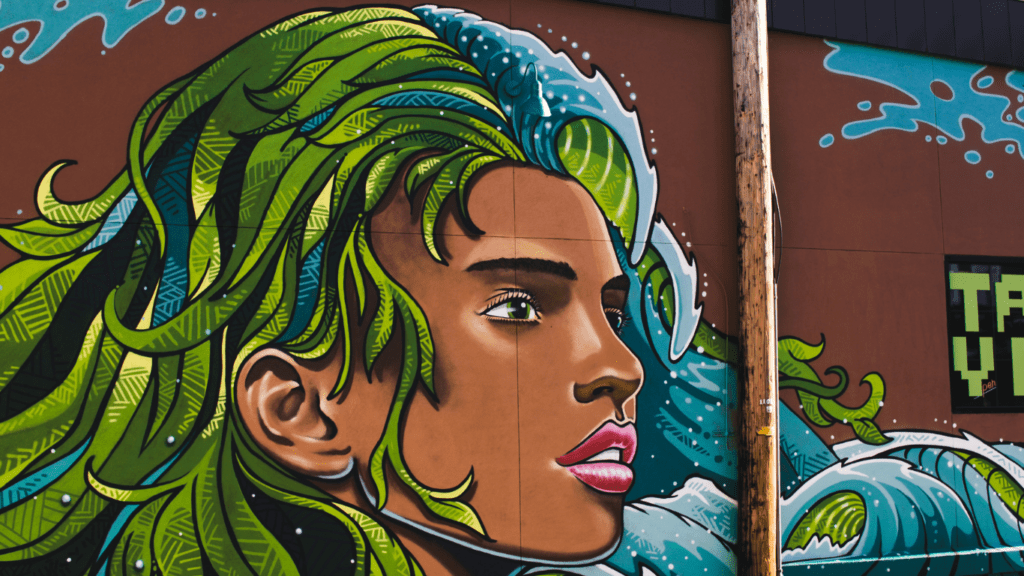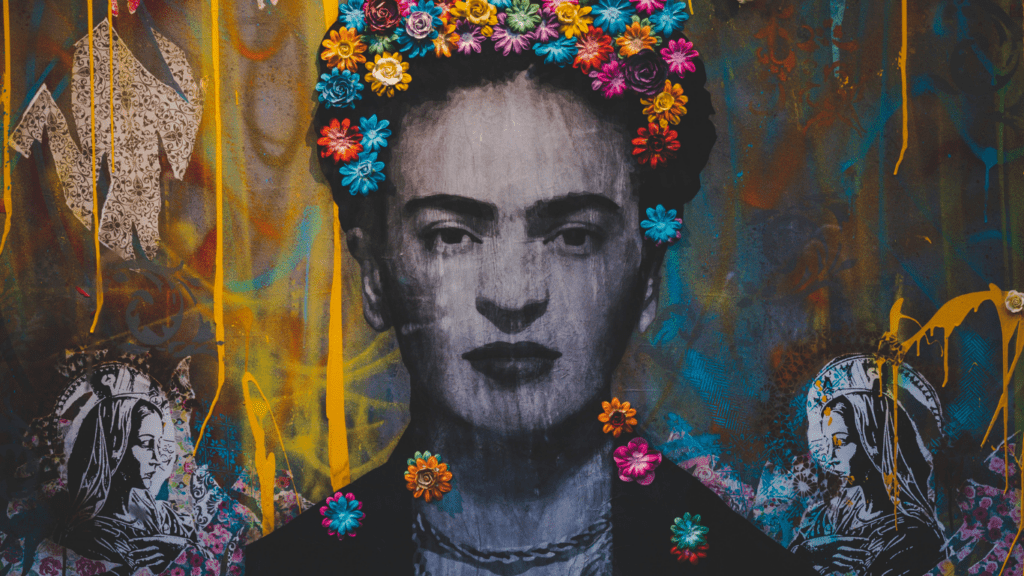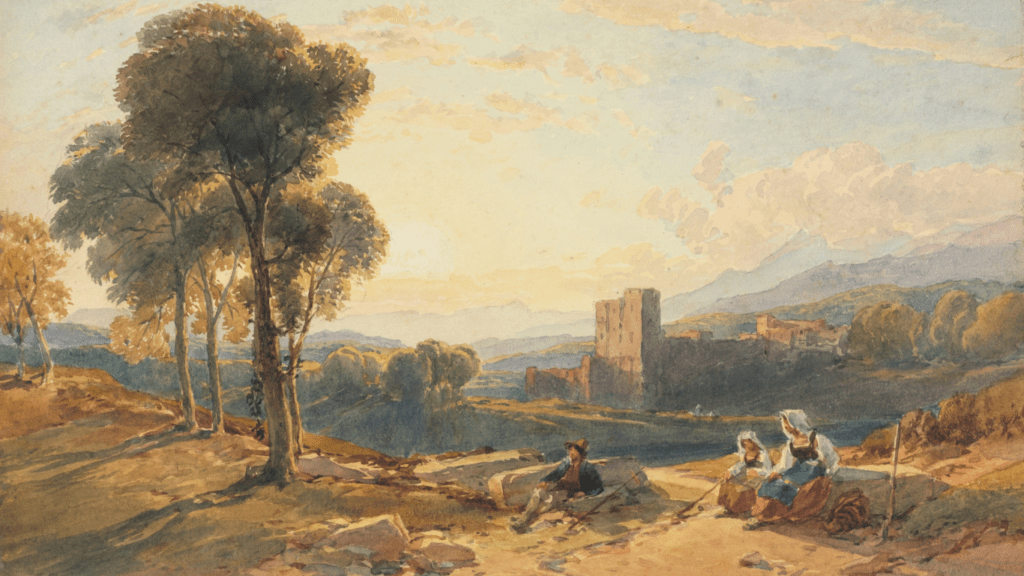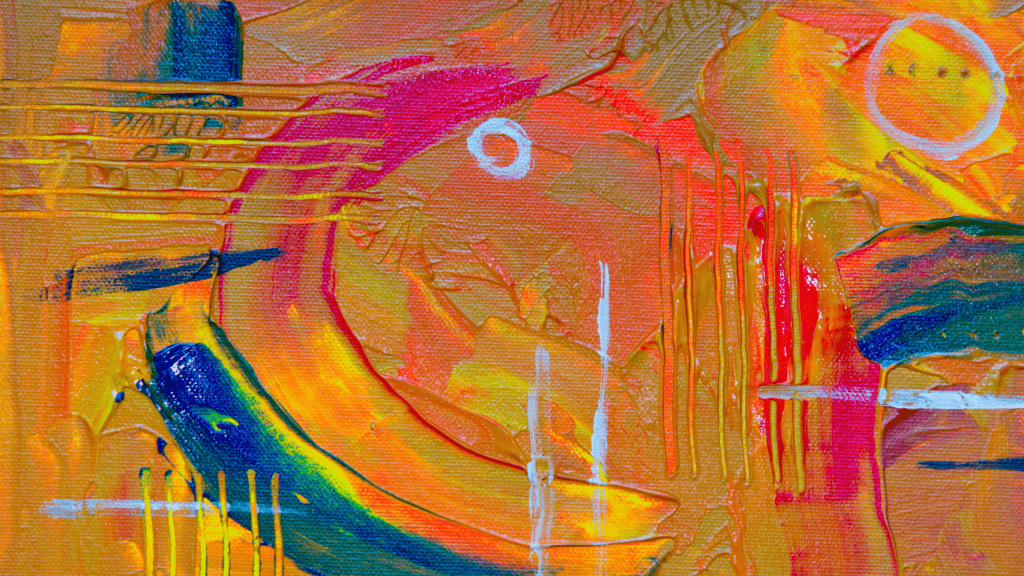Understanding Contemporary Art
Contemporary art spans the late 20th and early 21st centuries. It’s characterized by its boundary-pushing techniques and diverse mediums. Artists are often driven by both personal and socio-political motivations, leading to a vibrant, eclectic art scene.
Technological advancements have profoundly affected contemporary art. Digital art, video installations, and virtual reality experiences are now common. Artists like Jeff Koons and Banksy use these innovations to create new forms of interaction and engagement.
Performance art, another significant trend, breaks away from traditional mediums. It emphasizes the artist’s body and actions as primary art forms. Marina Abramović’s bold performances exemplify this trend by engaging audiences in immersive experiences.
The rise of street art redefines how we perceive public spaces. Murals, graffiti, and other forms of urban expression by artists like Shepard Fairey transform cityscapes into dynamic canvases. This movement often challenges conventional social and political narratives.
Many contemporary artists focus on environmental themes. Land art and eco-art directly address issues like climate change. Artists such as Olafur Eliasson create installations that make spectators reflect on their relationship with nature.
Contemporary art also embraces inclusivity. The works of Ai Weiwei and Kara Walker address identity, gender, and race, thus sparking crucial conversations about diversity and representation.
Understanding contemporary art entails recognizing its innovative techniques and themes. The eclectic nature keeps it dynamic, reflecting the ever-changing societal landscape.
Current Major Trends in Contemporary Art
The contemporary art scene is vibrant and multifaceted. The following trends highlight the eclectic nature of this ever-evolving landscape.
Abstract Art Revival
Abstract art has seen a noteworthy resurgence. Artists explore emotional depth through color schemes (e.g., bold primaries) and textures (e.g., heavy acrylics), leveraging abstraction’s power to convey the unseen. The revival is partly due to increased digital sharing, where abstract visuals captivate audiences on platforms like Instagram.
Digital and Interactive Art
Digital and interactive art have redefined artistic expression. Artists use software (e.g., Adobe Creative Suite) and hardware (e.g., VR headsets) to create immersive installations and experiences. These works often involve audience participation, making the viewer an active participant. Interactive pieces, such as those employing augmented reality (AR), offer new ways to engage with art beyond traditional mediums.
Street Art and Graffiti
Street art and graffiti have gained institutional recognition. Murals and installations by artists like Banksy and Shepard Fairey transform urban environments into expansive canvases. This genre often addresses social and political issues, providing commentary that resonates with a broad audience. The integration of street art in galleries further cements its significance in contemporary art.
Influences on Contemporary Art

Contemporary art reflects various influences shaping its dynamic and evolving landscape. This section highlights key factors driving contemporary art trends.
Social and Political Factors
Artists draw significant inspiration from social and political events, shaping their work to reflect or critique societal issues. For example, movements like Black Lives Matter or #MeToo have spurred powerful visual narratives addressing race and gender. Economic crises, wars, and humanitarian issues also feature prominently, offering artists a platform to express dissent or advocate for change.
Technological Advancements
- Technological evolution has revolutionized the art world, expanding the possibilities for creative expression.
- Digital art, virtual reality (VR), and augmented reality (AR) artworks have emerged as new, immersive forms.
- VR installations allow viewers to experience art in a fully interactive environment, blurring the lines between spectator and participant.
- Blockchain technology has also introduced new business models like NFTs, giving artists more control over their work.
Globalization and Cultural Exchange
Global interconnectedness has facilitated the exchange of ideas, styles, and practices in contemporary art. Artists now easily draw inspiration from diverse cultures, blending traditional techniques with modern aesthetics. For example, the fusion of Western and Eastern art practices has led to unique, hybrid forms. International art fairs and biennales also provide platforms for artists worldwide to showcase their work, promoting cultural diversity and understanding.
Notable Contemporary Artists
Contemporary art showcases a wide range of talents, from new voices breaking onto the scene to established names shaping the art world.
Emerging Talents
Emerging artists bring fresh perspectives and innovative approaches. Tschabalala Self focuses on exploring themes of identity and female experience through mixed media. Toyin Ojih Odutola uses charcoal and pastel to create intricate portraits examining the complexity of identity and story. Avery Singer employs digital techniques and airbrush to create uniquely textured pieces.
Established Icons
Established artists continue redefining contemporary art. Ai Weiwei uses diverse mediums to address human rights and freedom of expression. Yayoi Kusama captivates audiences with her immersive installations and vividly patterned artwork. Damien Hirst explores themes of life and death, utilizing mediums like preserved animals and elaborate sculptures.
The Future of Contemporary Art
- Sustainability. Contemporary art increasingly focuses on sustainability, reflecting society’s growing concern for the environment. Artists use recycled materials and eco-friendly processes to make statements about climate change and resource conservation. Olafur Eliasson’s works illustrate this trend, emphasizing nature and sustainability.
- Digital Evolution. The digital realm profoundly impacts contemporary art. With advancements in virtual reality, augmented reality, and artificial intelligence, artists create immersive experiences and interactive works. Digital art platforms like SuperRare and Foundation become mainstream, offering unique opportunities for digital artists and collectors.
- Globalization. Global connectivity shapes the future of contemporary art by fostering cultural exchange and collaboration. Artists draw inspiration from diverse traditions, merging them into innovative forms. Contemporary art fairs like Art Basel and the Venice Biennale showcase this diversity, highlighting artists from varied backgrounds.
- Social Engagement. Increasingly, artists address social issues through their work, from human rights to gender equality. Art becomes a medium for sparking dialogue and inspiring change. For instance, Banksy’s pieces often critique social and political issues, resonating with a wide audience and prompting reflection.
- New Media. Contemporary art embraces new media formats such as video art and virtual exhibitions. Museums and galleries worldwide adapt to these innovations, offering digital tours and online showcases. Examples include the Louvre’s virtual tour and MoMA’s video art collections.
Under these vectors lies the core of contemporary art’s evolving landscape. Sustainability, digital evolution, globalization, social engagement, and new media collectively shape its trajectory.





